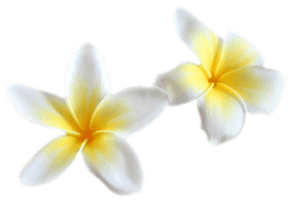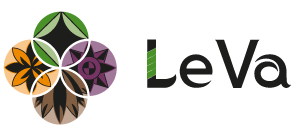- Home
- /
- Suicide prevention
- /
- The Ocean Connects: Pacific Suicide Prevention

The Ocean Connects: Pacific Suicide Prevention
Traveling is one of my passions. I recently returned from trips to Alaska where I met with a native tribe to talk about their suicide prevention efforts, and Japan where I attended the Asia-Pacific Regional Conference of the International Association for Suicide Prevention.
Travel provides opportunities to make and grow connections.
While we often turn to the works of indigenous peoples for guidance and direction in our youth suicide prevention efforts, I believe we can advance more quickly through exchanges with our Pacific cousins because we share similar histories and desires to focus on strengths, culture and community. They too have indigenous roots and cultures but their stories are island and ocean based.
Among Native Hawaiian and local people, relationships are built through connections to people and place.
ʻIke aku, ʻike mai, kokua aku kokua mai; pela iho la ka nohana ʻohana
Recognize others (watch), be recognised (observe), help others, be helped; such is the family/community way.
The words expressed in this ‘olelo no‘eau (saying) capture a fundamental philosophy necessary for creating and sustaining a system for suicide prevention. Many Native Hawaiians and others living in Hawai‘i consider everyone in their community a part of their extended family.
In the ‘ohana (family), you know others and they know you, and you help others and know you will be helped.
Like our cousins at Le Va, we strive for excellence in community-level systems for our families, for those that have come before us, and for our future. We share common goals and approaches, rooted in place, to provide training to community and clinical service providers on the prevention of suicide and related behaviors; develop, implement and monitor effective programmes that promote wellness and prevent suicide and related behaviors; promote suicide prevention as a core component of health; and promote and implement effective clinical practices for assessing and treating those identified as being at risk for suicidal behaviour.
After returning for my travels, I’m looking forward to sharing materials created by Le Va such as their B.R.A.V.E video.
Based in the science of suicide prevention, this video highlights local youth sharing information to reduce stigma and encourage help-seeking. I roared with laughter as Aunty Tala introduced Aunty Dee’s wellbeing app. Youth in Hawai‘i have requested such a resource for helping them with issues that can be viewed on their electronic devices, and are relevant and relatable for them as they blend interests in understanding their culture and history, with the appeal of online social connectedness.
Mahalo nui loa for all that you do. I look forward to future collaborations in suicide prevention for the Pacific.
Deborah Goebert, Dr.P.H.
Professor and Associate Director of Research
Director, National Center on Indigenous Hawaiian Behavioral Health
Director, Hawaii’s Caring Communities Initiative for Youth Suicide Prevention
Department of Psychiatry, John A. Burns School of Medicine
Senior Scientist, The Queen’s Medical Center
Honululu, Hawaii






